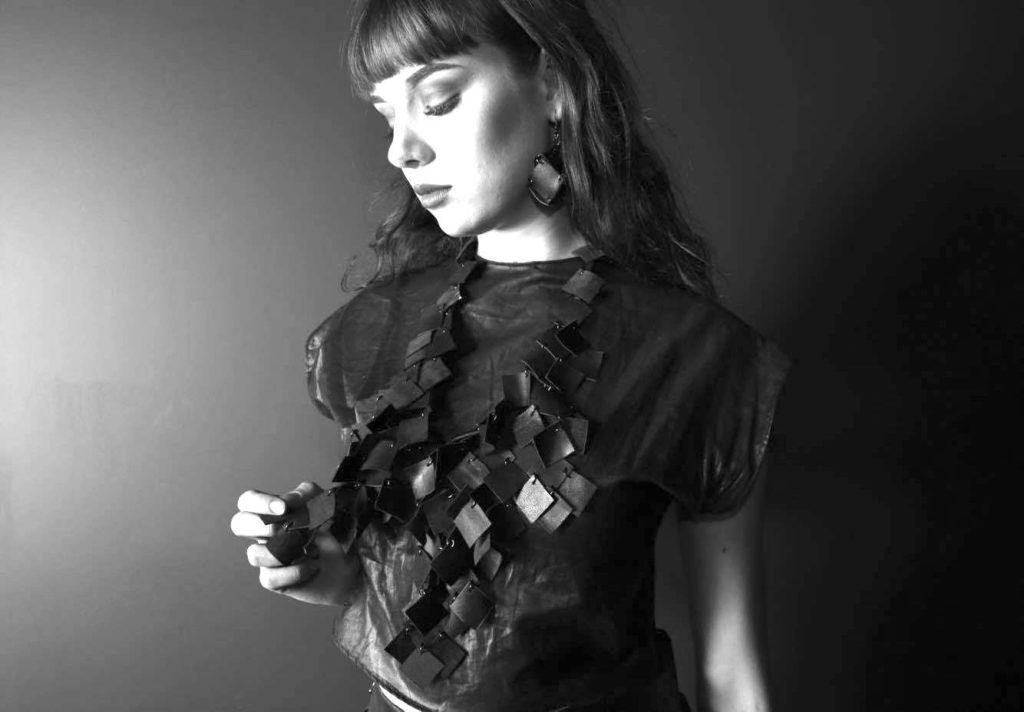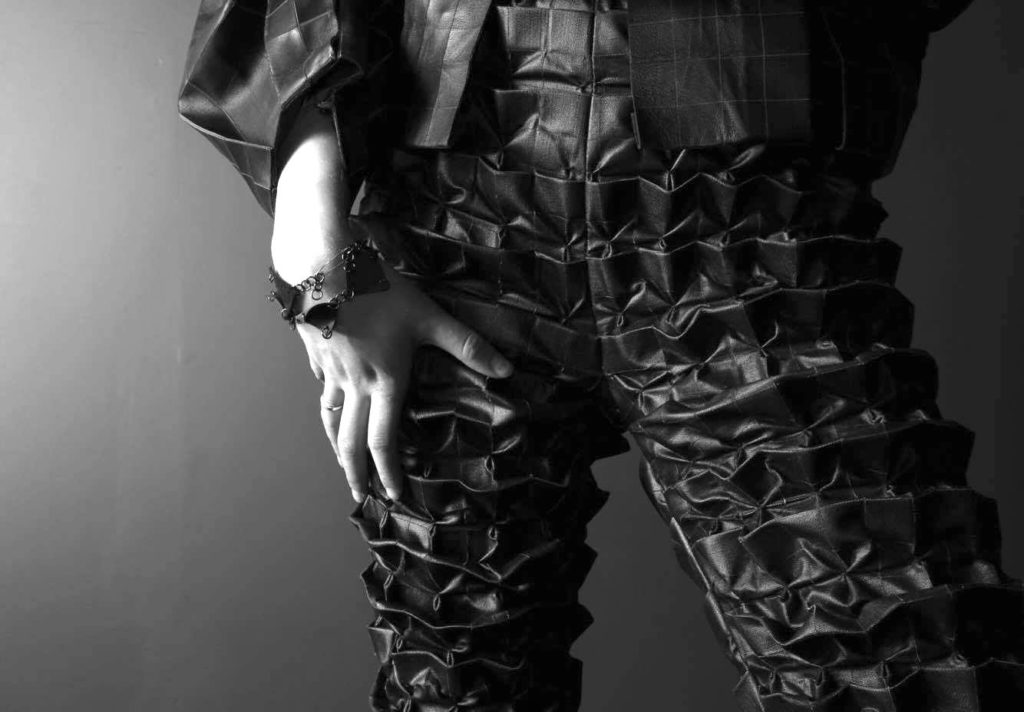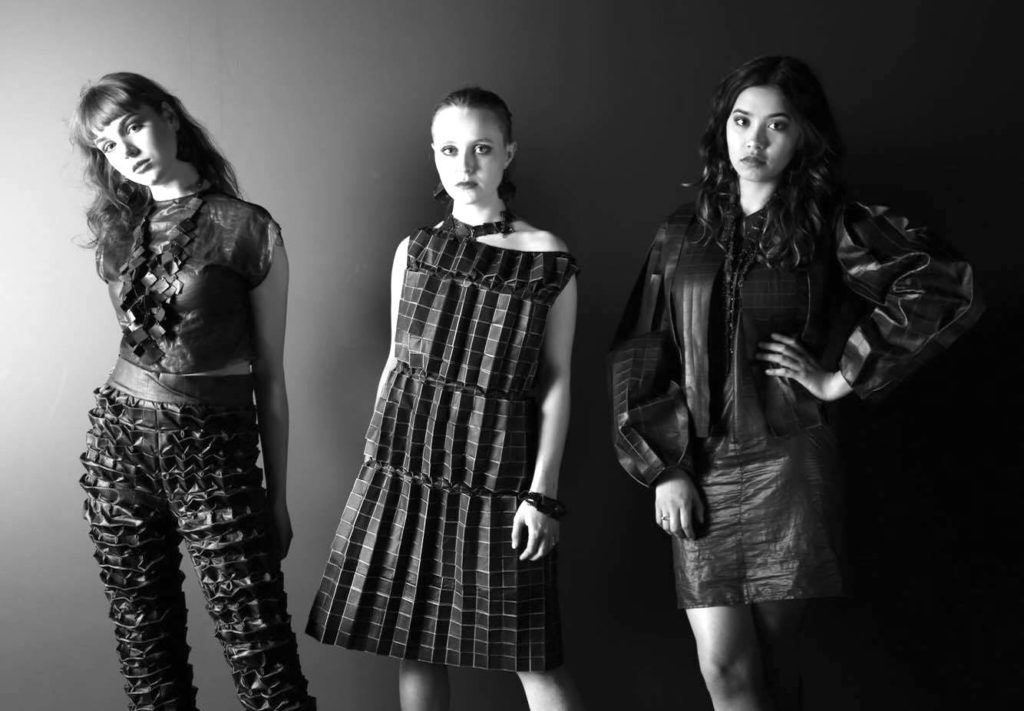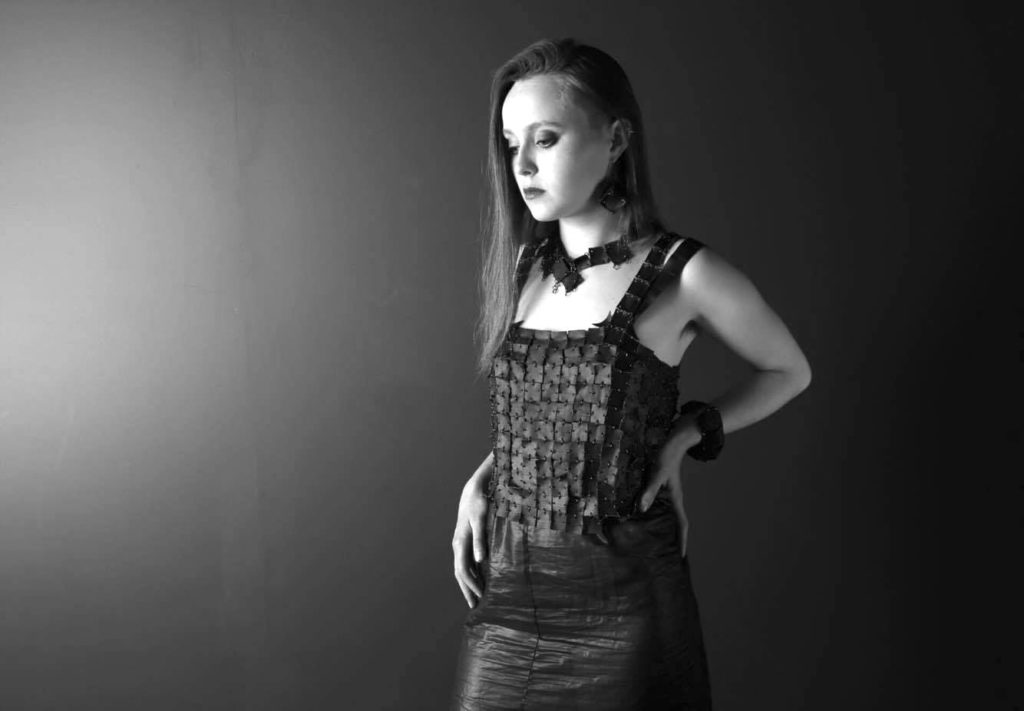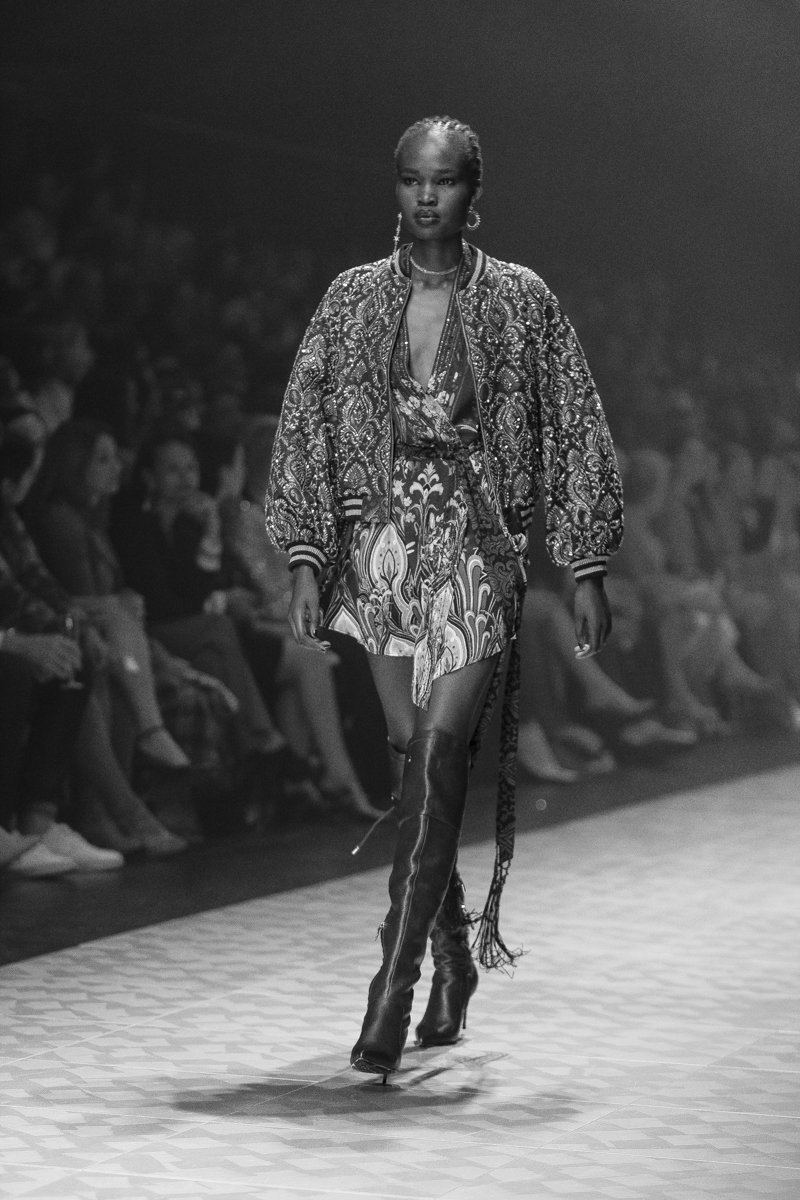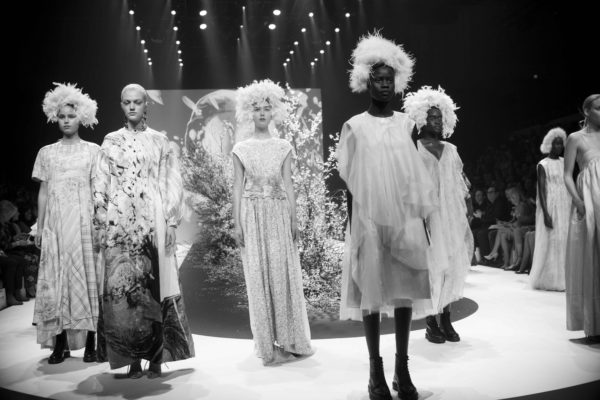REPETITIOUS MOTIONS
Melbourne rightly prides itself on being the most progressive city in Australia, not only in the way we view society, but the way we view and define ourselves. Enjoying all four season, sometimes in the space of a day or even an hour, allows us to embrace fashion, and this idea of self identity. Melbourne is also a city brimming with creative talent, each year brining a fresh new crop of designers and makers, some whom in time, will go on to steal not only our hearts but the minds and imaginations of fashionistas both here and abroad. Turning leather into sumptuous outfits, by approaching the material with a new perspective and added by latest advances in technology, Lillian Bateson, is one young designer, whose star is just on the rise, her work caught our eye at The Melbourne Critique, and with us, she spoke about her craft, fetishism and the worrying trend of fast fashion.
Lillian, Leather. Why leather?
Leather? Leather’s fantastic.
What is it about leather that you like? The subtlety of the fabric?
Interviewee: Something about it – especially with all of the fabric manipulation that I do to all my fabrics – is that when I put it through the laser engraver, it cuts through and repurposes the materiality of the leather. It starts to fold in new ways and move in new ways and become something that is not inherently what it is. If that makes some sense!
It does make sense! I’m going to ask you a really left wing question here: the whole idea of leather being a fetishised sort of thing and refashioning it into fashion – how do you respond to that as well?
I think what I make inherently has this sort of fetishism inherently already a part of it by accident, just based on the materials that I use anyway. So like when you incorporate leather and dark-coated denims and things that shine and sparkle, that have this inherent gothic element, the leather just brings that into it, but in a subtle way. I don’t inherently think it screams out fetishism, but I think it definitely carries motives of it.
So it’s a bit more subversive, perhaps?
Perhaps.
And what got you into fashion?
Well, growing up in a family like mine [laughs] with extreme overachievers, one might say, with parents, and always growing up in like a really artistic environment, going to a private arts school since I was very young, I had to move away from something that was inherently art and try and find a new meaning for myself to not follow in my parents footsteps, in a sense. So I thought, following into a kind of fashion idea and taking it away from things that are inherently wearable that take on heaps of artistic motives was the way to go.
How do you respond to the fast fashion movement that’s happening now? How do you combat that with your own work?
Well, I find that by putting heaps of time into surface decoration and changing materialities of things, and through folding, and repetition, and the obscene amount of time that one can place into each garment just in making it already combats that whole purpose of it. My work cannot be fast fashion. It does not work that way. There’s too much time. Those jackets were hundreds and hundreds of hours – hours and hours of decorating it through scoring the fabric and damaging it and then folding it and pleating and hand stitching. The jeans in the collection had about fifty hours of hand stitching before I could even sew them into pants. That in itself that takes it way from anything that could be fast manufactured.
You touched upon briefly about the whole idea about finding your own identity within fashion. Talk to us more broadly about what fashion offers the individual and particularly your work. How does that define a person? How do they feel when they wear your pieces?
Well hopefully they feel special! I think when you have something that’s so far away from what anybody else has, it is inherently so special just by being so different and having all this time into it. You already feel special because someone has put this time in; I’m owning something that is so different and has so much hand craftsmanship in it. I know that with pieces I have, the more complicated they are and the more layers of work that go into them make me feel absolutely fantastic as a person. You know, compared to chucking on a t-shirt that every Tom, Dick and Harry has. There’s something about that. I would hope that when people put that on that like they could see like where it comes from and like the ideas behind it. As if when you buy a painting you can see what the artist is saying to you. Hopefully that transfers through what I make.
So fashion is a statement, I guess?
Always.

